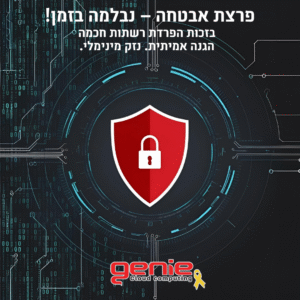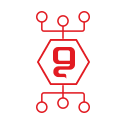The possible dangers of remote connection and methods of defense
Two things that are very popular when connecting from home, a VPN connection together with double authentication.
So that's it, today it's really not enough!
2FA two-factor authentication is a security measure that adds an extra layer of protection to the authentication process, making it harder for attackers to gain unauthorized access to a user's account or system.
While 2FA can be an effective way to increase the security of connections outside the organization, there are still significant threats to remote logins.
for example:
Social engineering: 2FA can be bypassed using social engineering attacks, where an attacker tricks the user into providing the identification (such as a one-time code sent via SMS) or revealing their credentials through other means.
Weak points in assimilation: If the implementation of 2FA is not properly secured, there may be vulnerabilities that can be exploited by attackers to bypass the authentication process.
Data interception: When data is transmitted over an external connection, it is vulnerable to interception by attackers who can eavesdrop on the communication.
This could result in the theft of sensitive information, such as login credentials, financial information or intellectual property.
Malware infection: External connections can also introduce malware into an organization's network.
For example, an employee could accidentally download malware from a compromised website or open a malicious email attachment, which could infect their device and spread to other systems on the network.
so what are we doing?!
1. Decision that the connection to the organization will be exclusively with computers owned by the organization to enable all the following sections.
2. Applicability of the organizational policy that exists within the organization to users outside the organization. Many security companies have developed tools that will allow this.
3. Monitoring of proactive updates - with the help of systems that will allow control and forced updates.
4. The connection will only be possible after meeting the standards set by the organization, for example, an updated operating system, antivirus / EDR on the computer (Host check)
5. Managing connections from the outside and setting certain hours for connection.
Author: Zabri Idan, VP of expert services and information security at Genie
You may be interested in:

אירוע משפחות סוף קיץ 2025


פישינג בעסקים: איך לזהות, למנוע ולהגיב נכון


החשיבות של סריקות פגיעויות באבטחת סייבר






